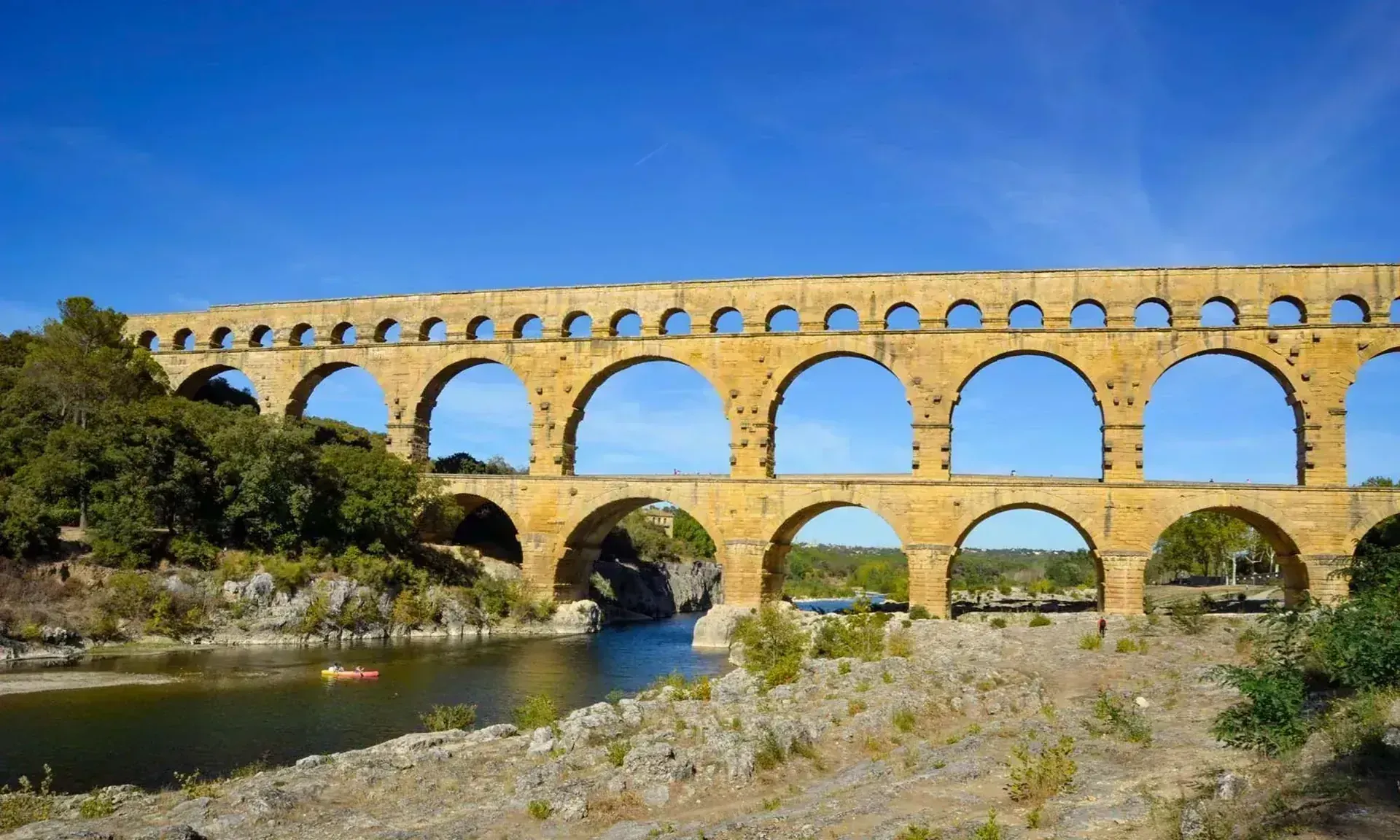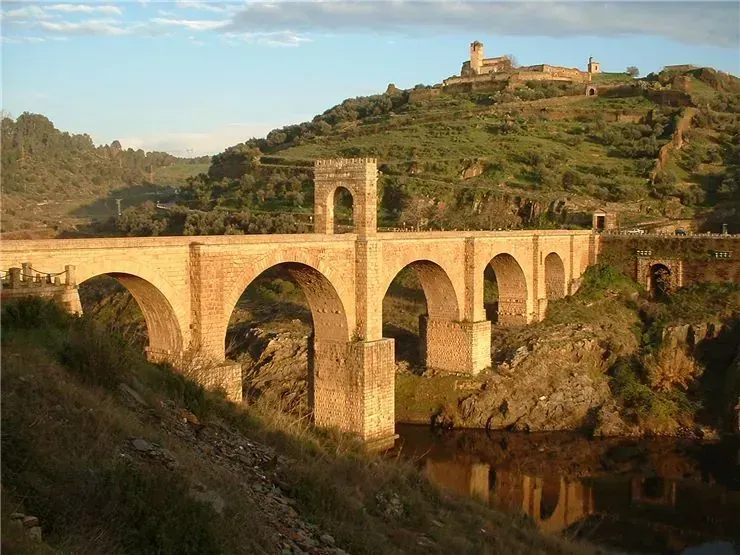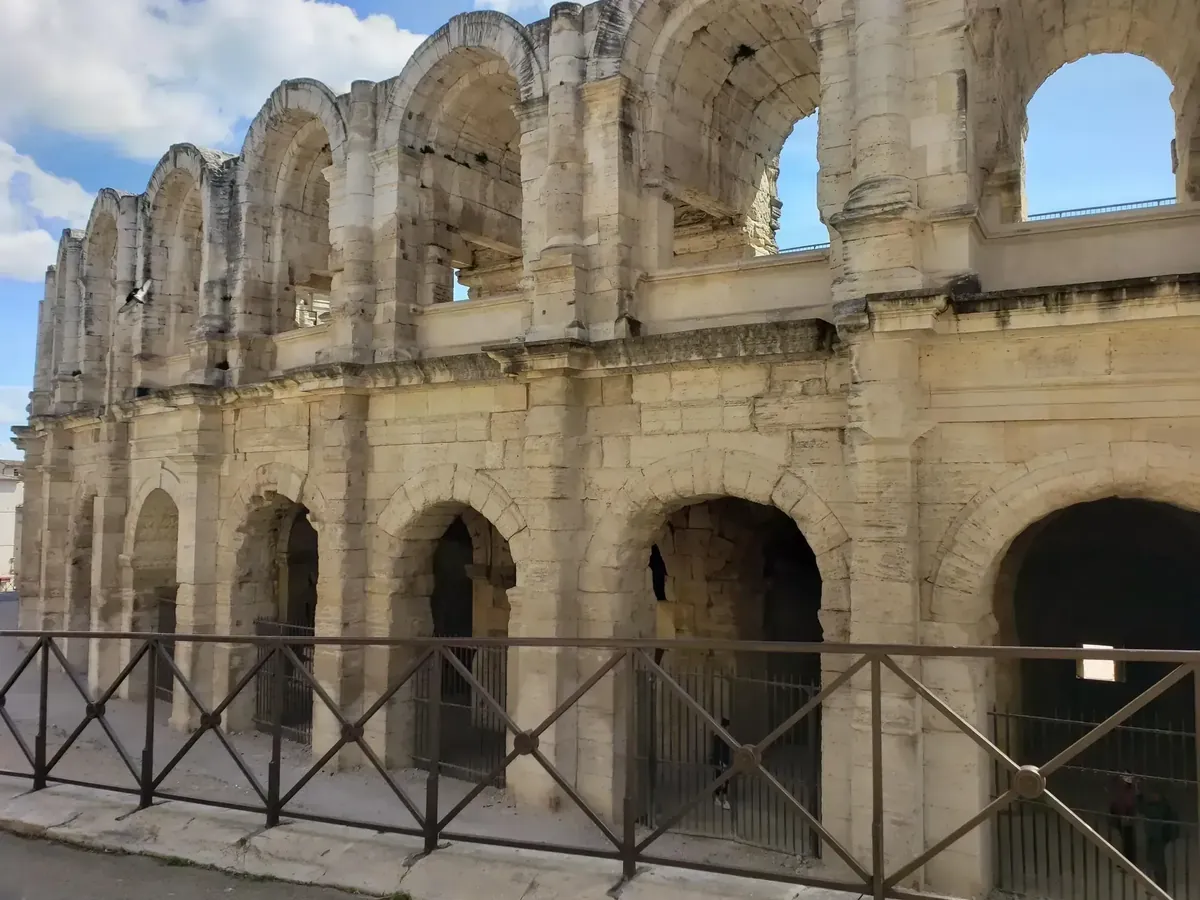As you are walking through the ancient city of Arles, France, you see climbing stone steps worn smooth by millions of feet over twenty centuries, the Arenes of Arles. Around you, 120 perfectly preserved arches rise in mathematical precision, supporting 20,000 seats that is part of Six Roman venues still in use today in France. No steel reinforcement. No modern concrete. No bulldozers or cranes built this. Yet here it stands, more durable than most buildings constructed in the past fifty years.
Something extraordinary happened around the Mediterranea two thousand years ago. The Romans didn’t just build—they engineered solutions so advanced that modern scientists are still discovering how they work.
Buildings That Refuse to Fall Down
Pass by any Roman structures scattered across Provence and you’ll notice something immediately: while modern buildings crack and crumble within decades, these 2,000-year-old structures remain structurally sound. The Arena of Nîmes hosts bullfights and rock concerts in a structure built before the invention of the printing press by over 1,400 years. The Pont du Gard carries hikers across its three-story bridge as confidently as it once carried millions of gallons of water daily.
Consider this perspective: Most wooden houses built in the 1800s have long since rotted away. Concrete highways from the 1950s require constant repair. Even steel skyscrapers from the early 1900s need major renovations to remain safe. Yet Roman amphitheaters that predate all of these by two millennia still host thousands of visitors daily, with their original load-bearing systems intact.
Run your hand along the stone blocks of these ancient walls. No mortar between them. The massive limestone blocks—some weighing over six tons—fit together with the precision of a jigsaw puzzle. Yet after earthquakes, floods, wars, and two millennia of weather, they remain perfectly aligned.
Here’s the striking contrast: Wood frame construction typically lasts 50-100 years before requiring major structural work, while asphalt roads develop potholes within just a few years of paving. Roman structures built fifty times longer ago still function with their original load-bearing systems intact, and Roman roads like the Via Appia remain solid after two millennia (And indeed they do see way less traffic).
This precision raises an immediate question: how did ancient engineers achieve tolerances that challenge modern construction, or at least deserves our admiration, using nothing but hand tools and human labor?

The Impossible Water Bridges
The Pont du Gard reveals sophisticated engineering that seems impossible. This isn’t just a bridge—it’s part of a water delivery system that transported 11 million gallons of fresh water daily across 30 miles of countryside, using nothing but gravity. The engineering challenge seems impossible: maintaining a slope of just 7 millimeters per 100 meters (about the thickness of two quarters) across mountainous terrain. To put this precision in perspective: newly constructed floors in modern homes commonly have variations of 6-10 millimeters over just a few meters, yet Romans achieved better tolerances across miles of countryside.
Modern engineers use laser levels and GPS to achieve such precision. Romans had wooden surveying tools and plumb lines. Yet they created gradients so gentle that water flowed at the perfect speed—fast enough to prevent stagnation, slow enough to prevent erosion.
The logistics alone challenge modern understanding. Recent restoration work reveals Roman builders carved assembly codes into each stone block—Roman numerals, Greek letters, and geometric symbols that guided workers across massive construction sites. The Arles amphitheater required over 21,000 cubic meters of precisely cut limestone, each piece designed to interlock in a three-dimensional puzzle that becomes stronger under pressure.
Concrete That Heals Itself
Roman engineering enters seemingly magical territory with their concrete technology. In 2023, MIT scientists analyzing 2,000-year-old Roman concrete made a discovery that overturned everything engineers thought they knew about these ancient materials. Those white chunks in Roman concrete that archaeologists had dismissed as mixing errors? They’re actually sophisticated self-repair mechanisms.
When cracks form in Roman concrete, water activates these “lime clasts,” which dissolve and recrystallize as calcium carbonate, automatically sealing the damage. Modern concrete degrades in decades. Roman concrete improves with age. Marine structures like harbor walls actually become stronger over centuries as seawater creates beneficial crystal formations.
This isn’t just impressive—it’s revolutionary. Modern concrete production generates 8% of global carbon emissions and requires constant replacement. Roman concrete could function for millennia while actively removing carbon dioxide from the atmosphere.
Engineering Without Modern Science
The most remarkable aspect isn’t what Romans built—it’s how they built it. They achieved millimeter-precision surveying across mountain ranges using wooden instruments and water levels. They mixed concrete using volcanic ash selected from specific regions for optimal chemical properties. They designed hydraulic systems that demonstrate intuitive understanding of principles not formally described until the 19th century.
Recent archaeological work has revealed the sophistication of their planning. The 2013 restoration of the Arles amphitheater—the largest Roman monument restoration in France—uncovered evidence of modular construction techniques, standardized measurements, and quality control systems that rival modern engineering practices.
They were also quite fast considering the lack of machines and built the Alcantara Bridge over the Tagus in 2 years, which was rebuilt after it s sabotage to stop an invasion in 1760.

Romans created an engineering civilization that could transport water across impossible distances, build structures that survive millennia, and develop materials science that modern researchers are still trying to replicate.
A Lost Engineering Civilization
Standing among these ancient structures, you’re witnessing evidence of something extraordinary: a civilization that solved engineering problems we’re only beginning to understand. The Romans weren’t just builders using trial and error. They were systematic engineers who developed technologies so advanced that we’ve spent the last 1,500 years trying to match their achievements.
Consider the scope of what you’re seeing: the Pont du Gard’s water system supplied a city of 50,000 people with fresh mountain water transported across 30 miles of challenging terrain. The amphitheaters handled crowd control for tens of thousands of spectators with access systems that remain models of efficiency. All built with sustainable materials that improved with age rather than degrading.
These structures reveal engineering principles that could revolutionize modern construction: self-healing materials, precision surveying techniques, systematic quality control, and sustainable manufacturing processes. The Romans didn’t just build for their time—they engineered solutions that would work for millennia.
We’re not looking at primitive construction that happened to last a long time. We’re seeing sophisticated engineering that was designed to be eternal.
Note: Other civilization designed for eternity, and these should all be source of amazement.
Your Turn to Explore
The next time you encounter old buildings in your daily life—sidewalks, buildings, bridges—notice its condition. Look for cracks, wear patterns, and signs of aging. Then consider that Roman concrete structures twice as old show better preservation.
Visit these structures if you can: The Pont du Gard offers museum exhibits that demonstrate Roman engineering techniques. The amphitheaters of Arles and Nîmes provide walking tours that highlight architectural innovations still visible today. Even photographs reveal details that showcase Roman precision—the perfect alignment of massive stone blocks, the mathematical precision of arch constructions, the sophisticated drainage systems still functioning after two millennia.
For deeper exploration: Archaeological museums throughout Provence display Roman tools, construction techniques, and engineering drawings. Many sites offer hands-on demonstrations of Roman surveying methods and concrete mixing techniques.
The story continues beyond what these structures reveal about materials and construction methods. These buildings hint at an even more remarkable Roman achievement: their ability to move water across impossible distances using principles that seem to defy physics itself.
For your curiosity
- Told In Stone
- Practical Engineering
- Pont du Gard Official
- Arles Amphitheater Official
- Musée de la Romanité Nîmes - Roman concrete technology and amphitheater construction museum
Sources
Roman concrete self-healing mechanisms discovered - MIT News (2023)
Hydraulic Analysis of the Pont du Gard Aqueduct System - MDPI Water Journal (2021)
Roman Stone Construction and Lifting Techniques - American Journal of Archaeology (1999)
Global Concrete Production Carbon Emissions - World Economic Forum (2024)
Pont du Gard UNESCO World Heritage Documentation - UNESCO World Heritage Centre
Arena of Arles Historical and Architectural Analysis - UNESCO World Heritage Centre
Wood Frame Construction Lifespan Standards - National Association of Certified Home Inspectors
Roman Engineering Achievements and Techniques - World History Encyclopedia
Arena of Nîmes Architectural Specifications - Archaeological Documentation
Ready to discover what’s really running your world? Join our weekly exploration of the hidden systems and secret mechanisms that shape everything around us. Because the most powerful engines are the ones you can’t see.
Coming next: How Roman engineers made water flow uphill using nothing but gravity—and mathematical precision that challenges modern surveying technology.
